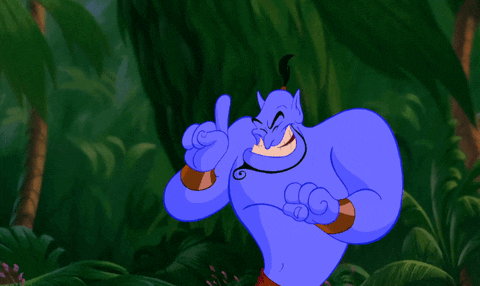Traditional animation
It's the oldest of all animation technique, and for starters, here's what it looks like:
With Walt Disney's Snow White and the Seven Dwarfs, one of the world's most famous animated features.
So, how do we do this?
A little bit of history

The technique of frame-by-frame animation is even older than cinema itself, starting as early as 1832 with the phenakistiscope, a rotating disk on which images are drawn and animated.
This illusion is based on retinal persistence: images remain attached to the eye for a certain length of time. Any movement can therefore be broken down into a succession of still images. A film is simply a succession of photographs.
But how do you choose the images to describe this movement?
A little technique
Edward Muybridge helped us see things more clearly with his "zoopraxographs", which are photographs depicting the way animals or humans move.

Here, for example, is a film of a galloping horse and the breakdown of its movement into still images. The frame rate here is 10 frames per second, and although it lacks fluidity, it's easy to understand what's going on.
You could imagine transferring each photograph and re-drawing it in your own style, to create a succession of illustrations that could then be (re)animated, couldn't you?
It's actually a real animation technique called rotoscoping. I used it for the Maison des Vins de Cheverny.
In fact, it's a technique widely used by the world's biggest studios, including Walt Disney(here's an example).
But if there's no visual reference, how do you do it?
Well, it's quite an art!
A little art, then
Painting is an art requiring mastery of color, composition, values, framing, staging, shapes and so on.
The art of animation is to offer, in addition, the best movement. A director of animated films, and the animator himself, are like the choreographer and the dancer: choices have to be made! Will the action be dynamic, slow or jerky? And these choices create a style. The style of a Tex Avery, for example, is certainly quite distinct from that of a Walt Disney, or a Hanna Barbera.
In any case, take a look at the first animation drawn in 1914 by Winsor MacKay (genius cartoonist and creator of Little Nemo) to see just how difficult good animation can be!
Although great artistic progress has been made since then, the technique itself has not evolved much.
A little mathematics
Retinal persistence allows an image to remain on the retina for around 50ms. So, for 1 second, we can scroll through 20 images (1s / 50ms = 20) to perceive a movement that resembles reality.
The cinema has chosen a frame rate of 24 frames per second.

This means that for one minute of film, you need to produce 24 * 60 = 1,440 images. And for one hour, 86,400 images.
Fortunately, the brain is capable of improving the mediocrity of our eye, and we easily accept seeing a film in 12 frames per second, which cuts production time in half!
To give you an idea, even at 12 fps, a traditional animation production studio produces an average of 30 seconds of film per week.
To my knowledge, only Katsuhiro Ôtomo 's Akira, released in 1988, dared to be drawn with 24 different images in one second, and when you see the level of detail in this film, you can imagine the absolutely colossal work that had to be done... and the cost of such an adventure!
Here, for example, is a small piece of animation of Beauty and the Beast, brought to life by Glen Keane (one of the last masters of the genre): the artist begins by drawing each of the images on paper, then brings it to life, then adds color, shadows and effects (note that in a production, the animator stops at his paper version: other artists will add the rest).

So yes, it's extremely long, but it's so beautiful!
What other technique can breathe so much life and humanity into such a small piece of film?
Fortunately, today's computers make life a lot easier, but they still require a lot of work.
Here are a few tools you can try out to get a better grasp of this technique:
- Adobe Animate (formerly Flash), used for the film Calamity
- TV Paint, a professional tool for imitating traditional drawings
- Toon Boom, widely used in TV series
- And even Adobe Photoshop, which can also imitate traditional animation, facilitated by the AnmDessin plugin, proposed by Stéphane Baril.
But even with this invaluable help, there are still very few studios that continue to make frame-by-frame feature films.
Disney has long since discontinued its traditional animation department. But others are persevering, to our great delight, such as the studio Cartoon Saloonwith its magnificent Song of the Sea.
In France, Rémi Chayé still manages to make us dream with his beautiful films (Calamity, Tout en Haut du Monde), and you can listen to an interview here.
Conclusion
Animated drawing is therefore very labor-intensive, and in the case of motion design, it's hardly ever used for an entire film, given the investment required.
On the other hand, it is very often integrated into a part of the film, for special effects or complex character animations, or simply to give that inimitable "handmade", DIY look that has been making a strong comeback in recent years.
If you want to react, comment, add information, or even make a motion design movie, contact me!

Alexandre Soubrier is a freelance motion designer with a passion for illustration and animation. He created the podcast Exquises Exquisses in which he interviews author-illustrators, and produces this blog.
Contact him here or on Linked In.





